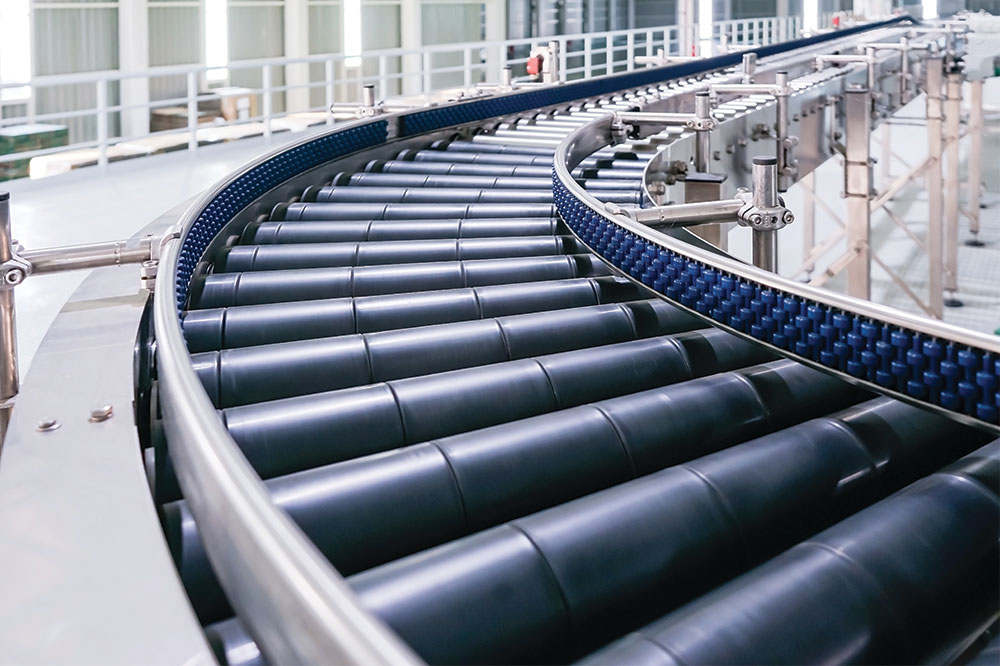Key Factors When Selecting a Material Handling Conveyor Belt
Selecting the right material handling conveyor belt requires understanding operational needs, environmental factors, budget, and vendor support. This guide offers essential tips to ensure you choose a reliable, efficient belt suited to your specific industrial application.

Key Factors When Selecting a Material Handling Conveyor Belt
Material handling conveyor belts are essential components in automated manufacturing and logistics systems. They facilitate safe, efficient transport of items within warehouses or production lines. Choosing the right belt depends on specific operational needs. Here’s a guide to help you make an informed decision.
Operational Requirements
Understanding the primary function of the conveyor belt is crucial. Whether it is for simple transportation or precise feeding will influence your selection. Clarify your needs before making a purchase.
Conveyor systems typically support two main functions: conveying and feeding. Conveying involves moving items from one location to another, while feeding requires precise and timely delivery of materials. Recognizing this difference is key to selecting the most suitable belt for your operation.
Environmental Conditions
Several environmental factors influence the performance and durability of conveyor belts. Key considerations include:
Temperature fluctuations
Presence of corrosive vapors
Vacuum or pressure at entry or exit points
High humidity levels
Vibration impacts
These factors can interact with material properties, potentially causing handling issues. Additional safety features may be necessary based on environmental conditions.
Budget Considerations
Cost is a critical aspect of the procurement process. While some belts may have higher upfront costs, they offer benefits like lower maintenance and energy efficiency over time. Discuss budget and value with suppliers early to avoid future complications and ensure you choose a cost-effective option.
Vendor Support and Service Records
For replacement or upgrades, review the service history of your existing vendor. Prior reliability issues should influence your decision. Engage with vendors to find solutions to previous problems; only proceed if their proposals satisfy your requirements.
Note: The information on our platform covers diverse topics, aiming to provide useful insights. Readers should consider these details as guidance rather than definitive answers. We are not responsible for discrepancies across different sources, and some offers or schemes may not be included.










